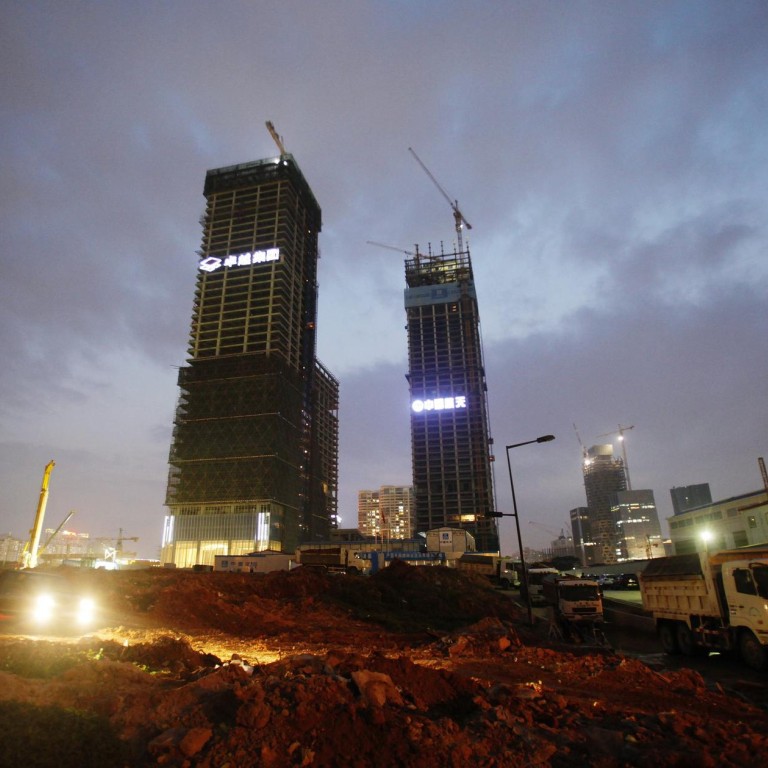
Qianhai eyes Asean investors to boost trade zone numbers
Looking beyond Hong Kong, Qianhai courts Southeast Asian investors as it competes with other trade zones for foreign investment dollars
Qianhai, the new economic zone in Shenzhen that is seeking to turn itself into a mini-Manhattan on the Pearl River Delta by 2020, plans to ask for central government permission to lower entry barriers to attract enterprises from Southeast Asia to invest in the zone.

"We would apply to lower the entry barrier to allow financial institutions in Southeast Asia to do business in Qianhai," Zhang Bei, director general of Qianhai, said yesterday without elaborating on what those measures are.
Qianhai is facing fierce competition from Shanghai and at least two other special economic zones in the Pearl River Delta - namely Hengqin in Zhuhai and Nanshan in Guangzhou - in the race to attract foreign investment.
Despite being dubbed as a test bed for mainland China's financial reforms, Hong Kong enterprises have yet to warm up to the lure of Qianhai. Official data shows about 6,000 firms have registered there and less than 10 per cent are from Hong Kong.
Among Southeast Asian companies, Indonesian conglomerate Lippo Group is the only firm that has investments in Qianhai so far.
Singapore's DBS Bank, the biggest private bank in Southeast Asia, has established an office in the Shanghai free-trade zone, but it does not have a presence in Qianhai.
"One of the most attractive factors Asean firms look at in deciding where to do business is tax policy. Qianhai has a unique advantage given its ambition as a 'mini-Hong Kong', which means all the rules and governance would be as modern as Hong Kong. But it's easier said than done. We still need more concrete policies from there," DBS economist Nathan Chow said.
The Association of Southeast Asian Nations (Asean) includes 10 of 11 countries in the region.
In the Shanghai free-trade zone, Hong Kong firms account for nearly 40 per cent of the registered foreign companies, followed by Japan and the United States, according to Liu Hong, vice-general manager of Shanghai Waigaoqiao (Group). The number of firms from Southeast Asia is very small, he told the
Qianhai is going to follow the Shanghai free-trade zone in adopting a so-called negative list giving foreign investors a range of sectors they can invest in. They will also extend national treatment for foreign firms inside the zone so they can invest in sectors that are normally restricted to them on the mainland.
The penetration of foreign investment in the zone remains low. In the first quarter, 101 of the 1,360 newly registered companies in the zone, or less than 10 per cent, are foreign companies, according to official data.
Meanwhile, some investors said they were disappointed when Qianhai on April 14 released a list of tax-privileged industries which are entitled to the preferential corporate income tax rate of 15 per cent.
The financial industry was not mentioned at all. Currently, up to 60 per cent of the 6,000 registered firms in Qianhai are financial institutions.

